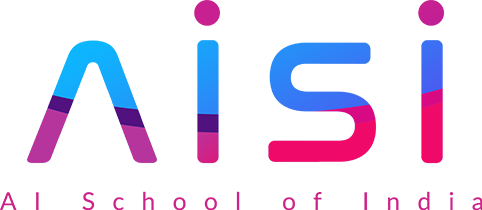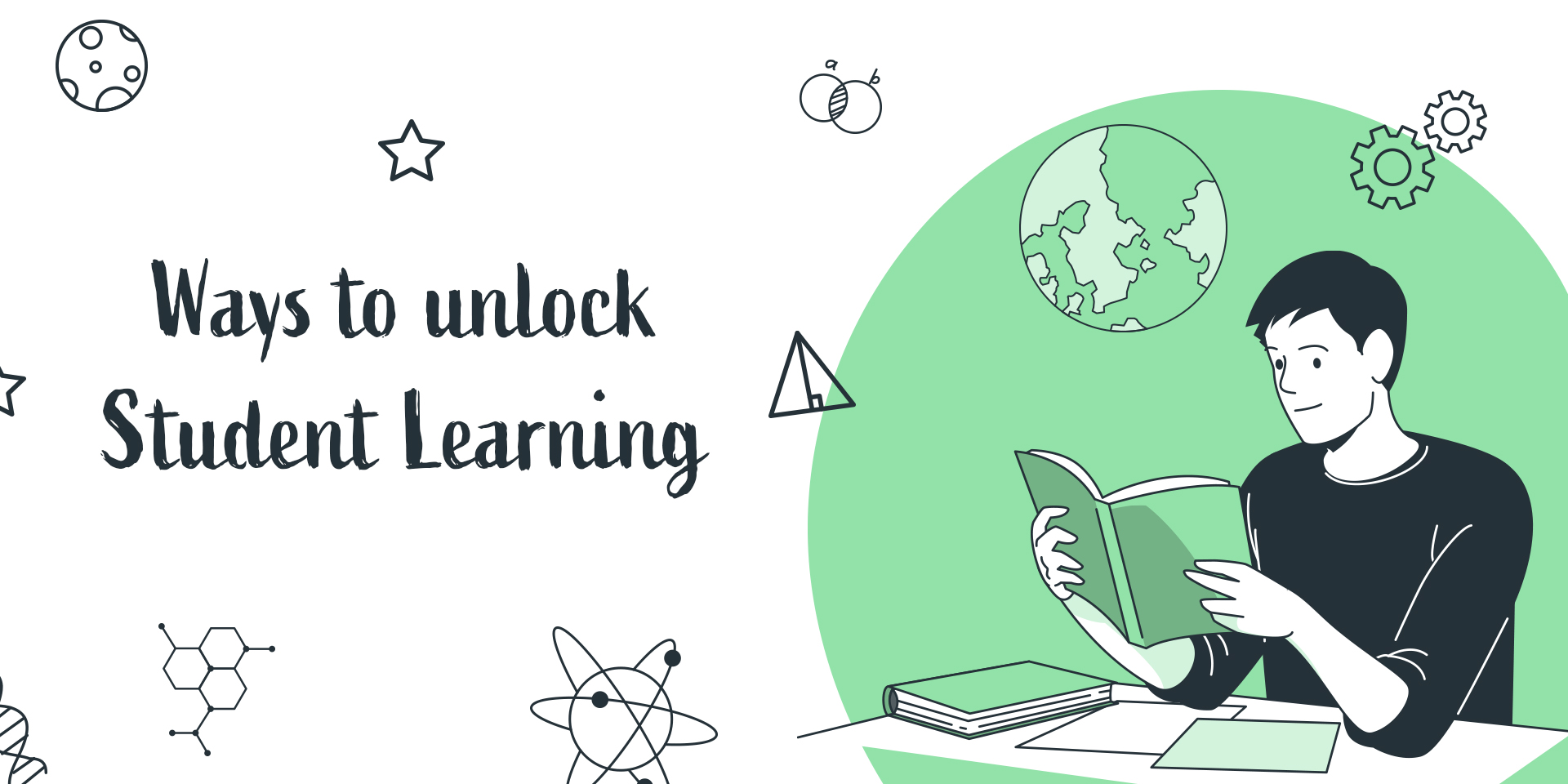The COVID-19 pandemic resulted in the disruption of learning for nearly 1.7 billion students worldwide, who lost an approximate 1.8 trillion hours of study. However, much before the pandemic, the existing education systems were already long overdue for a transformation. With the advancement of technology, there is a need for a significant change in student learning. The pandemic was a time that embedded technology into schooling.
The pandemic caused a shift in traditional learning and teaching methods.
- The traditional system of the teacher using the blackboard and textbook was still being followed in schools and educational institutions across the country.
- Teachers were simply reciting lines from the textbook, and students were memorizing them in order to perform well on the exam.
- However, the implementation of remote learning and hybrid learning has brought about a drastic transformation in both student learning and teaching methods.
Education and educational institutions embraced technology
- The silver lining amidst the pandemic was that several educators and schools who were reluctant to use technology had to embrace it.
- Teachers learned how to use the technology to instruct students and help them learn on the screen, while the schools remained closed.
- This resulted in new and interactive teaching methods and strategies.
- The new teaching methods revolved around promoting active student learning by generating curiosity, creativity, and engagement.
Students develop a sense of agency through active learning strategies
- It is essential for students to develop a sense of agency.
- With student agency, they feel they are in control of the things that are happening around them.
- Student agency in the classroom gives learning the “power to act.”
- With student agency, there is a significant shift in student learning.
- Instead of being passive learners, students are more engaged and active in the learning process.
- They are more actively involved in making decisions about their learning.
- Student agency plays a vital role in any educational setting.
- Students who have a high sense of agency tend to create opportunities rather than just reply to them.
- Learners with a high degree of agency express their interest and preference in solving a problem, as well as their point of view, in the classroom.
- Students with a high sense of agency not only do well in their academics but also actively participate in sports and games and even lead teams.
- In order to drive student agency, it is essential for teachers to implement active learning strategies in the classroom.
- Student agency is about making the right and responsible choices rather than merely agreeing with others.
Transformation in the role of a teacher
- In today’s digital and tech-savvy world, the role of a teacher is no longer restricted to being an experienced individual who shares and distributes knowledge to students who have no or limited access to it.
- The present generation belongs to the digital age.
- With the power of the World Wide Web, there is no shortage of information available for students.
- Also, we have moved ahead from the industrial age into the digital age, where society and economy survive on uniqueness and creativity.
In today’s world, teachers play more than just deliver lessons in the classroom to foster student agency. The best educators are those who take on multiple roles depending on the needs of the students they teach.
Mentor
Plays the role of a mentor, especially in the case of early learners and young students.
Mediator
As a mediator, a teacher resolves classroom conflicts between students or even communicates with parents and passes on certain information to them.
Continuous learners
With new techniques and technologies being incorporated, teachers are continuous learners.
Designers and developers
Teachers play a key role in designing and developing curriculum to shape the future of society and the country.
Role model
Many students look up to their teachers as their role models.
Participant
To create a conducive student learning environment, teachers need to be proactive and get students to actively participate in the lessons.
Planner
A teacher plays the role of an effective planner on a daily basis in school.
Here are the different ways in which student learning can be unlocked.
Allow learners to build creative habits
Learners must be given time to do activities that will aid in the development of their creative skills.This does not have to be something on a large scale. It may be doing something small and basic every day that, with practice, will go on to become a creative habit.
Here are ideas to encourage learners to build some creative habits.
- Play with some play dough.
- Plant a plant.
- Click pictures of colorful objects around them.
- Take a walk in the garden.
- Make a paper boat, airplane, or any other model.
These small creative habits in daily routine life allow students to think creatively about existing problems and solutions.
Make active use of technology
- Students, especially when they are young, are innately curious. This is evidenced by the fact that they have a plethora of “Why,” “What,” “When,” and “How” questions to ask.
- Technology has tremendous scope and potential for promoting active learning strategies to unleash the creativity and curiosity in children.
- When students are curious, learning is more effective. They understand better and learn more.
- With curiosity, learning is fun and interactive. The brain is able to retain more information.
- Technology is an effective means to boost curiosity and student agency in schools around the world.
- However, active use of technology does not mean converting hard copies of books into digital versions or watching boring lectures on video.
- In these cases, technology is used for learning. However, the approach is passive.
- Technology can be used by students at one school to effectively collaborate with students at another school or perhaps even with experts who are remotely located.
- Students can also use technology to perform various activities related to their studies.
- Learning with technology sticks in the mind for a long time.
Learning with a purpose
Student learning needs to be driven by a purpose. Technology gives students the opportunity to build, play, share, and connect with others. Learning looks completely different when there is a purpose or a goal attached to it. For example, performing activities or a project that has a purpose involved like helping the needy, caring for the environment, making a difference in the lives of people, and much more
Personalized learning
It is important to keep in mind that every student is unique and different. Personalized learning is the need of the hour. However, many get personalized learning wrong. It is not about customizing the learning for an individual or what is being done to the learner. It is about helping each learner first identify and develop the skills they require to support and improve their own learning. This will help develop student agency and self-awareness among the learners.
Here are the key elements of personalized learning that are essential for the transformation from a teacher-centered environment to a learner-driven environment in the classroom.
- Engagement
- Voice
- Choice
- Purpose
- Passion
- Self-belief
- Ownership
It is time to shift away from traditional education and toward competency-based education in order to improve student learning and agency. A competency-based learning environment is one in which the students’ advance through the learning objectives, and demonstrate individual mastery of learning concepts at their own pace. Students have a voice and a choice in how, when, and how much they should learn. With the help of teachers, students can design their own learning processes and demonstrate their learning through performance-based assessments. To unlock student learning and the creative genius within students, the teacher method must focus on giving sufficient time for building creative habits, and intentionally embed the use of technology and breaks in the classroom.


